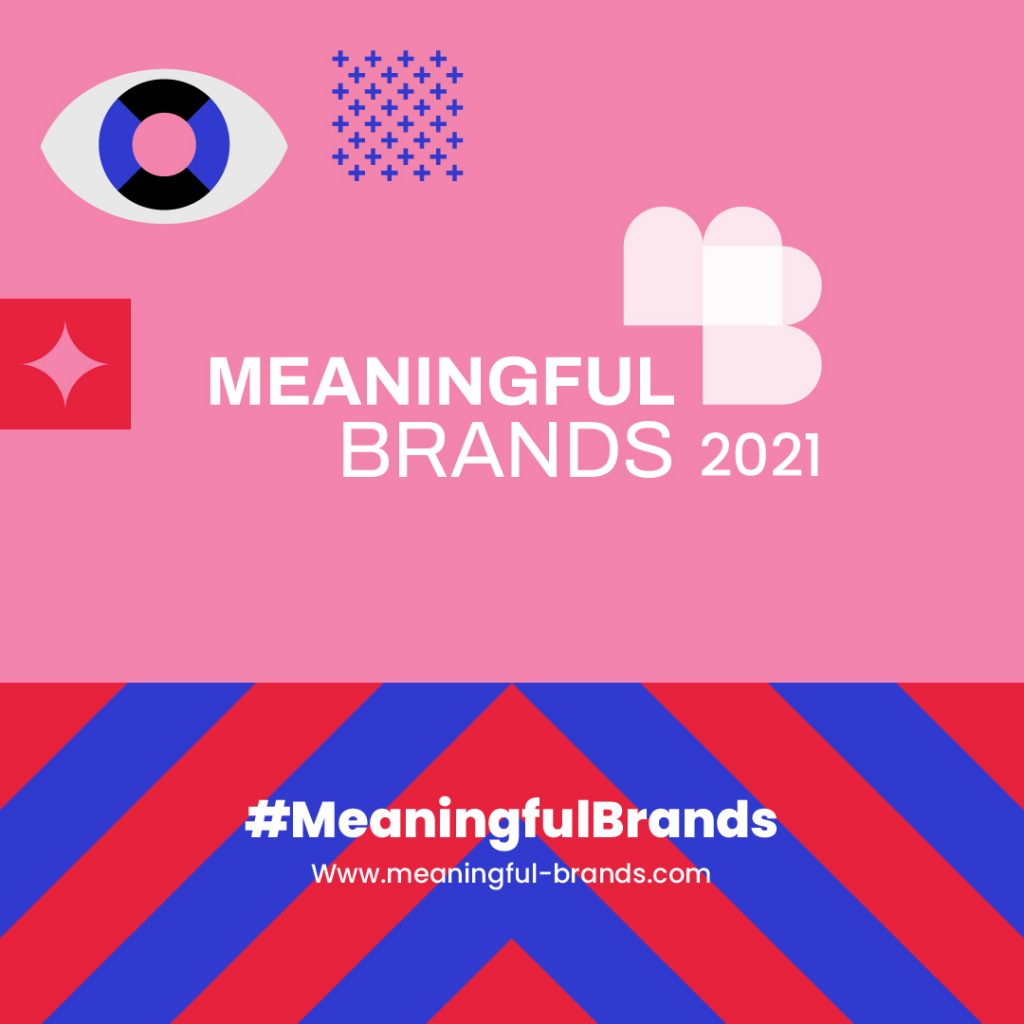New research shows consumers’ concerns over data privacy sometimes clash with their actions
If a consumer says they’re less concerned with data privacy issues around a certain sector — say, banking — it would stand to reason that sector would see higher-than-average consent rates, right? That’s apparently not always the case, according to insights from Omnicom Media Group’s OMG Signal unit.
The consumer research arm launched earlier this year paired original insights gathered in September around consumers’ concerns over data privacy with research completed last year from Sourcepoint, a software company, over what sectors they were willing to share consent. For some sectors, including the above-mentioned banking and finance, the numbers clashed, indicating that there’s a disconnect between what some consumers say they want and what they actually do.
“While concern might be a barrier for consumers to consent/opt in to data collection, lack of concern in and of itself isn’t enough to motivate consent,” said Renee Cassard, chief research officer at Omnicom Media Group North America. “Opting in to share your data has to bring value with it; and consumer definitions of value vary depending on the situational context.”
OMG Signal surveyed just over 1,000 respondents spanning Gen Z to Boomers and in between, with representation of caucasians, African Americans, Hispanics and Asia/Pacific Islanders reflective of the U.S. population. An overall 63% registered concerns about sharing data, while 31 percent said they were extremely concerned. The percent went higher as the ages got older.
In descending order, concerns revolved around the access they gave to general-interest websites (79 percent); big tech (77 percent); apps (76 percent); government (73 percent); brands/products (72 percent); retailers (71 percent); banks (59 percent); and healthcare (57 percent).
Cassard and her team compared these insights to research conducted in 2020 with Sourcepoint (OMG Signal hadn’t been formed yet) over which sectors consumers tend to give their consent. That survey assessed three types of consent: lock modal (a screen that forces the user to consent or not before proceeding); notice modal (same screen, except the user can X out of the screen); and notice — bottom (message at the bottom of the screen that lets the user X out), the latter of two which convey implied consent but the user doesn’t explicitly choose to offer it.
That survey found that authoritative or trustworthy sites, including news channels, generated a 76 percent consent rate, while food and drink sectors secured an even higher average consent rate of 86 percent. On the other hand, publishers of more specialized content such as personal finance saw a significantly lower consent rate at 24 percent. Cassard said that specifically, BIPOC women’s sentiment around the banking and healthcare verticals showed delivery fell below their expectations.
In other words, it seems consumers seem more ready to give away their data to get a Frappuccino than to find out the value of their 401-K. Again, Cassard said, age plays a factor, with more Boomers (24 percent) uncomfortable with sharing their data than younger cohorts.
“Marketers must understand explicit as well as implicit expectations for their category to provide consumers with …read more
Source:: Digiday





